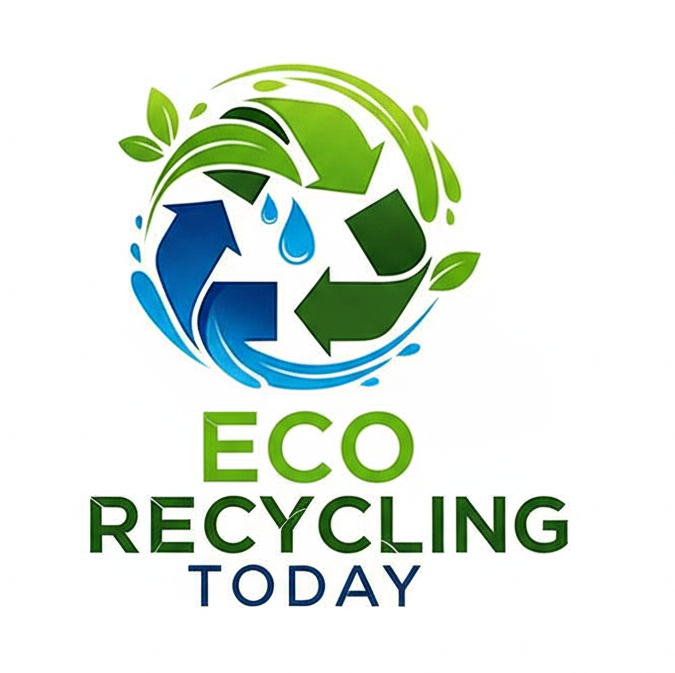Plastic waste continues to be one of the biggest environmental challenges worldwide. With millions of tons of plastic discarded every year, effective recycling solutions for post-consumer plastic waste are essential to reduce pollution, conserve resources, and build a sustainable future.
We will explore the entire recycling process — from the collection of used plastics to their transformation into reusable materials — and highlight innovative solutions making a difference today.

What is Post-Consumer Plastic Waste?
Post-consumer plastic waste refers to plastic products and packaging discarded by consumers after use. Unlike industrial or pre-consumer plastic scrap, this waste is collected from households, businesses, and public spaces. Common examples include:
- Plastic bottles and containers
- Food packaging and wraps
- Shopping bags and plastic films
- Straws, utensils, and disposable cups
Proper recycling of this waste stream helps keep plastics out of landfills and oceans while turning them back into valuable resources.
Step 1: Collection and Sorting
The first and most critical step in recycling post-consumer plastics is efficient collection. This involves:
- Curbside recycling programs: Convenient drop-off or pickup of plastics at homes and businesses
- Drop-off centers and recycling hubs: Locations where consumers bring plastics for recycling
- Deposit return schemes: Incentive programs encouraging the return of beverage containers
Once collected, plastics are sorted by type (PET, HDPE, LDPE, PP, etc.) using manual or automated technologies like near-infrared (NIR) sensors. Proper sorting ensures higher quality recycled materials.
Step 2: Cleaning and Processing
After sorting, plastics undergo thorough cleaning to remove contaminants such as food residues, adhesives, and labels. Clean plastic flakes are then processed through:
- Shredding or grinding into smaller pieces
- Melting and pelletizing to produce plastic resin pellets, ready for manufacturing
Advanced washing systems and technologies are increasingly used to improve the purity and quality of recycled plastics.
Step 3: Manufacturing and Reuse
Recycled plastic pellets serve as raw materials for various products. Key uses include:
- Packaging materials: Bottles, containers, and film packaging
- Textiles: Fibers for clothing, carpets, and upholstery
- Construction materials: Plastic lumber, panels, and insulation
- Automotive parts: Interior and exterior components
Closed-loop recycling systems enable manufacturers to reuse recycled plastic in the same product line, reducing dependence on virgin plastics and minimizing waste.
Innovative Plastic Recycling Solutions
Several innovative technologies and business models are transforming post-consumer plastic recycling:
- Chemical recycling: Breaking plastics down to their molecular level for higher-quality reuse
- AI-powered sorting systems: Improving sorting accuracy and efficiency
- Circular economy initiatives: Brands designing products for recyclability and take-back programs
- Community recycling programs: Engaging consumers and boosting participation rates
Benefits of Recycling Post-Consumer Plastic Waste
- Environmental Protection: Reduces landfill use, ocean pollution, and greenhouse gas emissions
- Resource Conservation: Saves energy and raw materials by reusing existing plastics
- Economic Growth: Creates jobs in recycling, manufacturing, and innovation sectors
- Consumer Awareness: Encourages responsible waste disposal and sustainable choices
How You Can Support Plastic Recycling
- Participate in local recycling programs and properly sort your plastics
- Choose products with recycled content and minimal packaging
- Support brands committed to sustainable packaging and circularity
- Spread awareness about the importance of recycling and waste reduction
Recycling solutions for post-consumer plastic waste are vital for building a cleaner, greener planet. By improving collection, processing, and reuse practices, businesses and consumers alike can contribute to a thriving circular economy and reduce plastic pollution.
